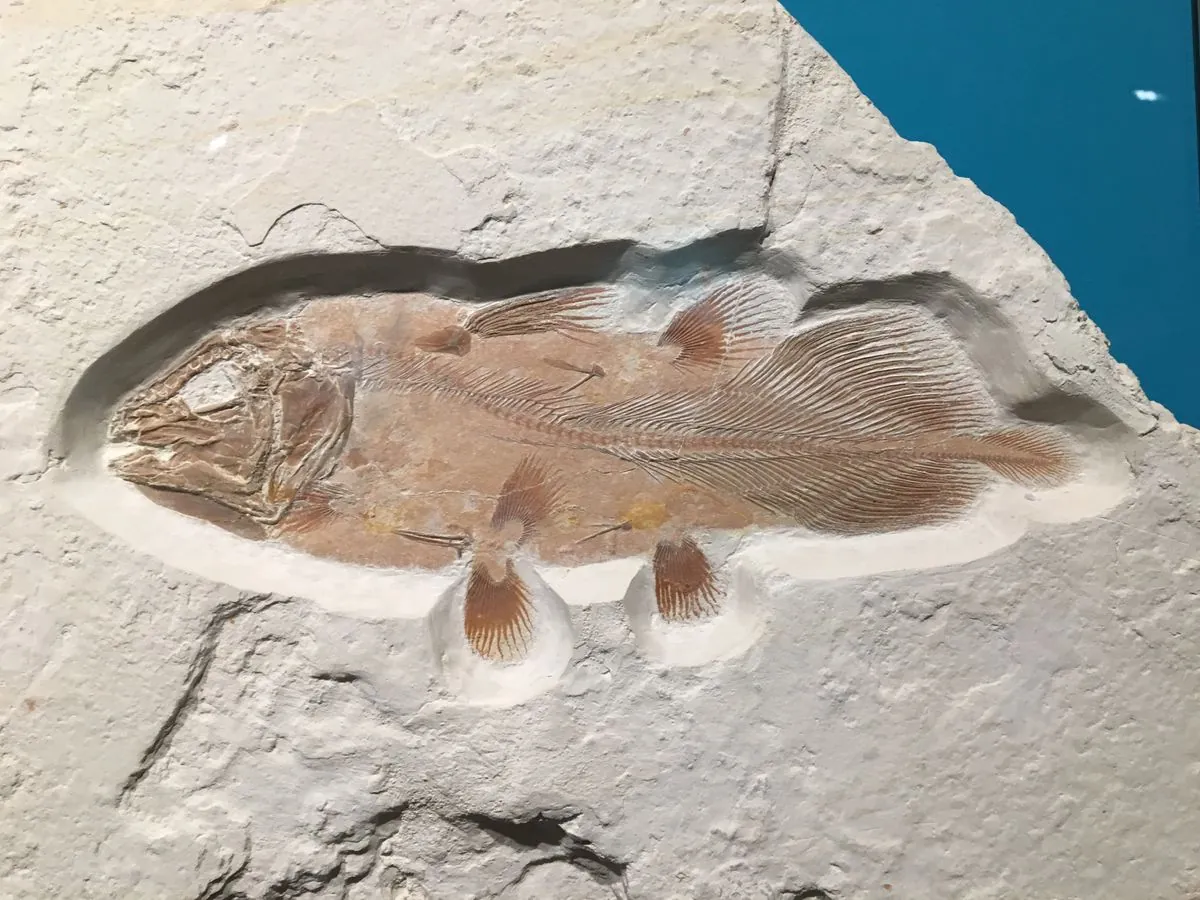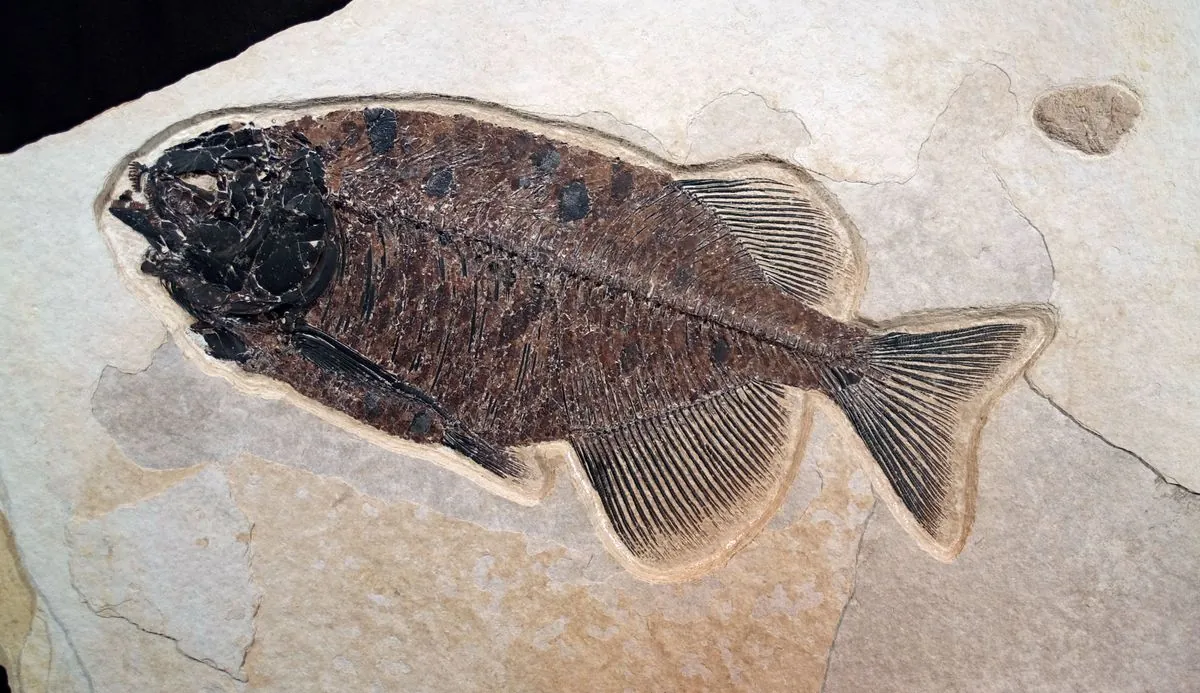Ancient Fish Fossils Discovered in Inverness Pavement, Predating Dinosaurs
Remarkable 385-million-year-old fish fossils found in Inverness city center pavement. The discovery, made by a National Trust for Scotland employee, offers a glimpse into Scotland's prehistoric past.

In a remarkable discovery, James Ryan, an employee of the National Trust for Scotland, has uncovered ancient fish fossils in the heart of Inverness. These prehistoric remains, embedded in a city center paving slab, date back approximately 385 million years, predating the emergence of dinosaurs by 140 million years.
The fossils were identified in the Caithness flagstone pavement outside the Inverness Town House, which currently serves as a local office for the Highland Council. This finding provides a unique glimpse into Scotland's prehistoric past, specifically the Devonian period of Earth's history.

The discovered fossils include bone fragments, scales, and evidence of fin spines from ancient bony fish. Ryan explained that the darker patches along the flagstone's edge likely represent bone fragments, while some areas contain large scales from common bony fish of the era, as well as smaller scales potentially belonging to a different species.
These fossils originate from the Old Red Sandstone formation, which was formed during the Devonian period. The sediment that created these rocks was deposited over thousands of years at the bottom of an expansive freshwater lake that stretched from the Moray coast to Orkney and Shetland.
"These fossils in the paving slab are the remains of ancient fish dating to around 385 million years ago - around 140 million years before the first dinosaur."
While fossil-containing pavements are known to exist in other Scottish cities such as Glasgow and Edinburgh, this appears to be the first recorded instance in Inverness. The discovery has caught the attention of palaeontologists and local museum staff, who were previously unaware of these fossils' presence in the city.
The Caithness flagstones, known for their durability and rich fossil content, have been used extensively for paving and roofing worldwide. The Achanarras Quarry in Caithness, a Site of Special Scientific Interest, is particularly renowned for its fossil-rich deposits.
This discovery not only highlights the geological significance of Scotland's pavements but also serves as a reminder of the region's prehistoric past. It offers an opportunity for locals and visitors alike to observe tangible evidence of ancient life forms that existed long before the age of dinosaurs, right beneath their feet in the bustling center of Inverness.


































